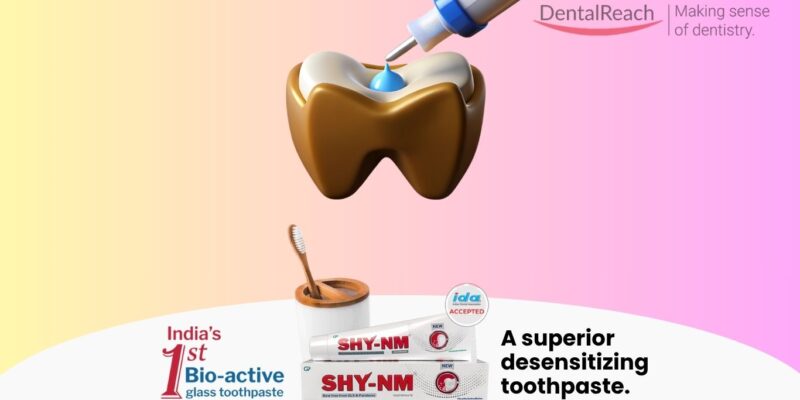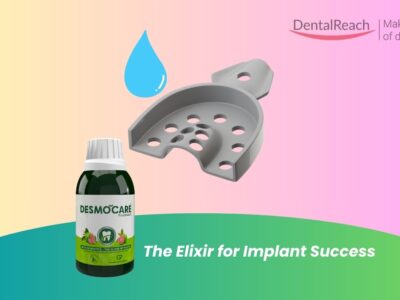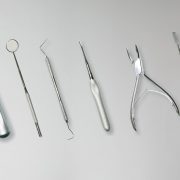A recent in vitro study from Kocaeli University, Turkey, has put a long-debated clinical question to test — does placing fiber-reinforced composites beneath nanoceramic CAD/CAM restorations actually improve fracture strength? The findings might surprise many restorative dentists who routinely use these fibers for reinforcement.
In modern restorative dentistry, endodontically treated teeth often pose a biomechanical challenge. Loss of marginal ridges, deep MOD cavities, and subgingival margins all weaken tooth structure — in some cases reducing stiffness by as much as 63%.
With adhesive systems and deep margin elevation (DME) techniques, clinicians can restore such compromised teeth more conservatively, preserving natural tissue and avoiding full crowns. Yet, whether adding a fiber-reinforced base truly boosts strength in these conservative restorations remains unclear.
To clarify this, the Kocaeli University team compared different fiber-reinforced composites placed beneath nanoceramic CAD/CAM onlays (Cerasmart) — a popular material in today’s digital restorative workflows.
Researchers selected 100 extracted human maxillary premolars and prepared standardized MOD cavities. The teeth were restored with Cerasmart CAD/CAM blocks of two different thicknesses — 2 mm and 3 mm — and divided into subgroups based on the type of base material used:
- Control: No fiber, only nanoceramic restoration
- Non-fiber composite: G-ænial Universal Flo
- Fiber-reinforced composites: Ribbond, EverStick NET, and EverX Flow
Each specimen underwent fracture strength (FS) testing, simulating occlusal forces using a universal testing machine. Statistical analysis (two-way ANOVA, p < 0.05) was then performed to compare differences between fiber types and material thicknesses.
Only one material — Ribbond, made from ultra-high-molecular-weight polyethylene fibers — showed a statistically significant increase in fracture resistance compared to the control group (p = 0.047).
However, EverStick NET and EverX Flow did not yield significant differences in FS values when compared to non-fiber or control groups.
Interestingly, the study found that increasing the restoration thickness (from 2 mm to 3 mm) consistently improved fracture resistance across all groups (p < 0.001 for fiber-reinforced samples). In contrast, changes in remaining tooth height in the control group did not significantly affect outcomes (p = 0.078).
In short: thickness mattered more than fibers.
The findings suggest that while fibers are often used to reinforce restorations in teeth with significant coronal loss, their effect may not be as pronounced as once thought — at least when placed beneath modern nanoceramic CAD/CAM restorations.
That said, fibers might still play a secondary role — possibly influencing fracture patterns (i.e., repairable vs. non-repairable failures), a point observed in previous studies and worth further exploration.




















Comments